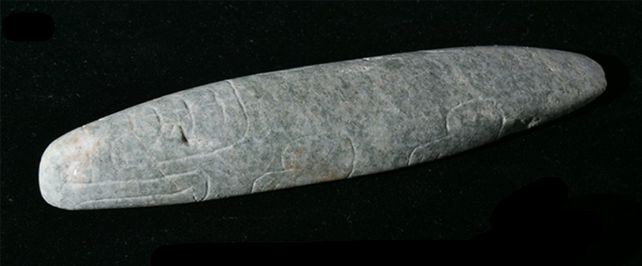Oldest Maya Monument Maps the Cosmos and Rewrites Our Idea of Ancient Power
An ancient Maya complex dating to around 1050–700 BCE has been revealed to be modeled on a map of the cosmos. The Aguada Fénix site, built roughly 3,000 years ago, is significantly larger than initial surveys suggested and is laid out in the shape of a cross with axes measuring 9.0 kilometers by 7.5 kilometers. It was designed as a cosmogram, an architecture symbolizing the cosmos. "What's even more remarkable about the structure is that the site contains none of the trappings of social inequality, such as elite residences or sculptures of rulers." This strongly implies that egalitarian cultures were capable of monumental building works without the application of coercive force through a stratified social hierarchy ruled by a king. Aguada Fénix dates to between 1050 and 700 BCE.
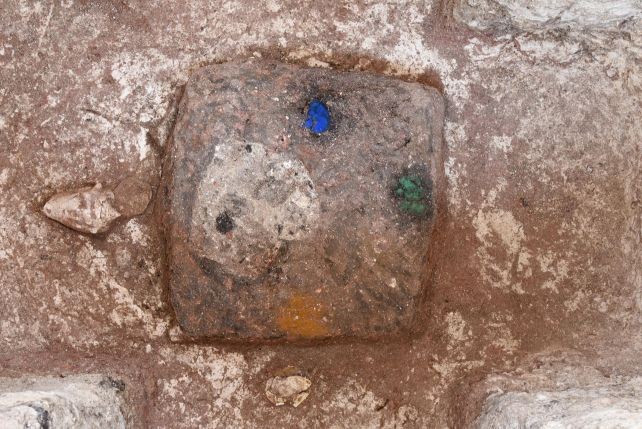
In This Article:
- A Cross-Shaped Cosmogram with Axes Spanning 9 by 7.5 Kilometers
- Hub at the Center: Nested Cross Pits and the Northwest Corridor
- Water, Canals and the Western Axis: Signs of Ritual Importance
- Color as Cosmos: The Directional Pigment Cache
- Pits of Offerings: Seashells, Jade, Birds and Birth Imagery
- Labor and a New Narrative on Ancient Power
A Cross-Shaped Cosmogram with Axes Spanning 9 by 7.5 Kilometers
The cross-shaped plan is a cosmogram—a monument symbolizing the order of the Universe. The survey shows a cross-shaped plan with long axes reaching 9.0 kilometers and 7.5 kilometers from end to end, confirming it was the largest Maya site ever found, even by revised estimates. The project used LIDAR surveys and fieldwork, revealing Aguada Fénix is far more extensive and complex—not just in its physical scope but also in what it can reveal about the people who built it between 1050 and 700 BCE. "Along with the appeals of collective ceremonies, feasting, and the exchange of goods, the construction of a cosmogram, materializing the order of the Universe, likely provided a rationale for a large number of people to participate without coercive force," the researchers write in their paper. "The development of Aguada Fénix exemplifies the capabilities of human organization without prominent inequality, but it also hints at the challenges that earlier builders faced."
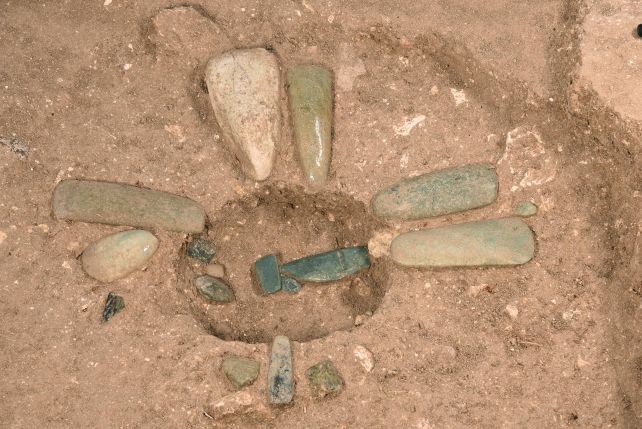
Hub at the Center: Nested Cross Pits and the Northwest Corridor
The layout is a sort of nested cross, with long axes leading to the monument's hub. That hub, located on an artificial plateau, contains two nested cross-shaped pits at its center. The long axes each consist of a corridor and a pair of causeways, with the corridor dug into the ground and the causeways built up above ground on either side of it. The longest corridor, extending toward the northwest, measures 6.3 kilometers. The researchers speculate that these may have been used for ritual processions in and out of the ceremonial center of the monument.
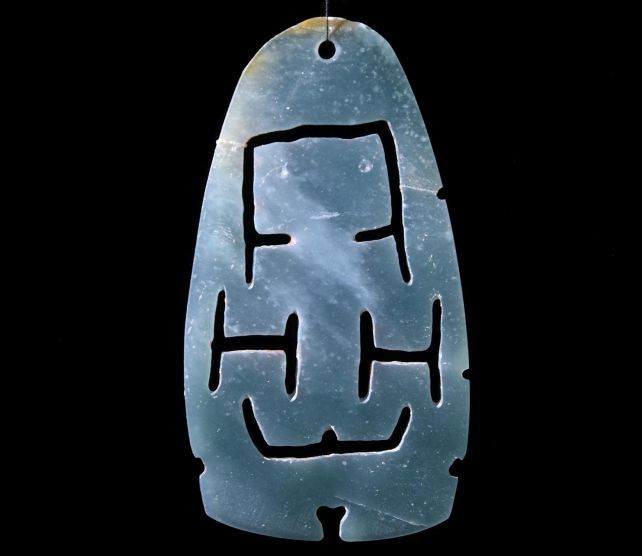
Water, Canals and the Western Axis: Signs of Ritual Importance
Around the western axis, where the structure crosses Laguna Naranjito, the builders began work on a system of canals that may have reflected the ritual importance of water. These canals were left unfinished, suggesting that the builders ran into limitations, both in their skills and their ability to organize the construction.
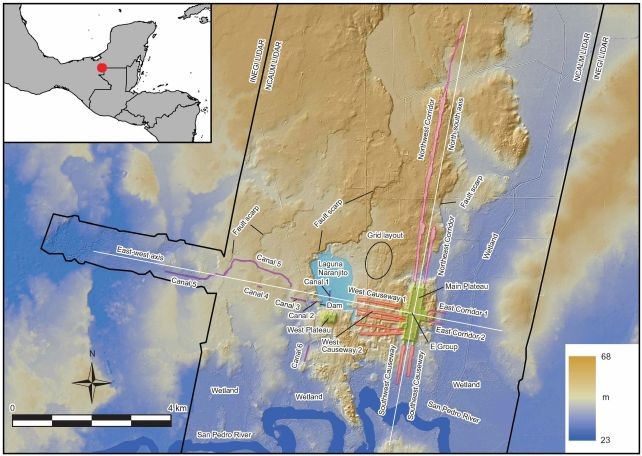
Color as Cosmos: The Directional Pigment Cache
Right at the center of the nested cross pits, the archaeologists found deposits of pigment in a special cache, placed in a directional order. Blue azurite pigment was placed at the north; green malachite to the east; and yellow ochre containing goethite to the south. This represents the earliest known example of Mesoamerican directional color symbolism, a motif that would later appear in Maya cosmograms, associating the cardinal directions of the world with the elements encoded in the colors. "We've known that there are specific colors associated with specific directions, and that's important for all Mesoamerican people, even the Native American people in North America," says Inomata. "But we never had actual pigment placed in this way. This is the first case that we've found those pigments associated with each specific direction. So that was very exciting."
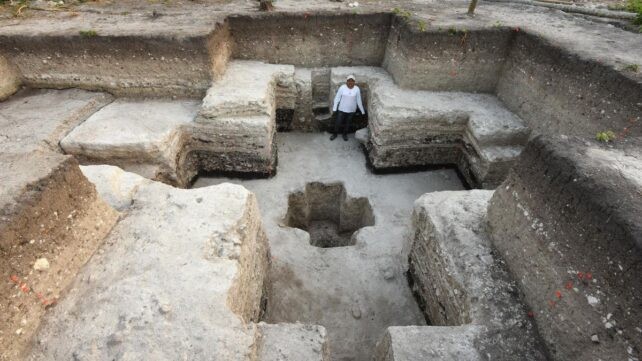
Pits of Offerings: Seashells, Jade, Birds and Birth Imagery
Within these pits, the researchers also found offerings of seashells and carved jade and greenstone – crocodiles, birds, and even a woman giving birth, all arranged in the same cross-shape. This, too, seems consistent with the cosmogram layout, with the shells placed on the sides denoting water.

Labor and a New Narrative on Ancient Power
The construction of Aguada Fénix required an estimated 10.8 million person-days to build the Main Plateau alone, and an additional 255,000 person-days for the canals and dam. "The construction of a cosmogram representing the order of the Universe and time likely motivated many people to participate in building activities without being coerced," the researchers write. Inomata elaborates: "People have this idea that certain things happened in the past – that there were kings, and kings built the pyramids, and so in modern times, you need powerful people to achieve big things," he says. "But once you see the actual data from the past, it was not like that. So, we don't need really big social inequality to achieve important things." The paper has been published in Science Advances.
